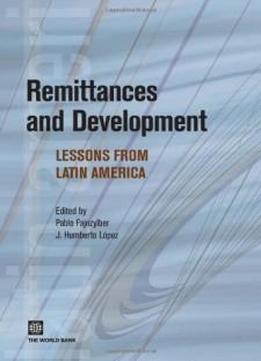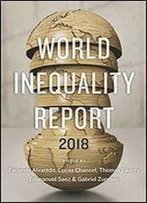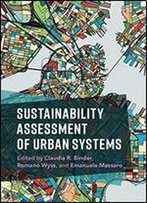
Remittances And Development: Lessons From Latin America (latin American Development Forum)
by Pablo Fajnzylber /
2008 / English / PDF
2.3 MB Download
Workers' remittances have become a major source of financing for
developing countries and are especially important in Latin America
and the Caribbean, which is at the top of the ranking of remittance
receiving regions in the world. While there has been a recent surge
in analytical work on the topic, this book is motivated by the
large heterogeneity in migration and remittance patterns across
countries and regions, and by the fact that existing evidence for
Latin America and the Caribbean is restricted to only a few
countries, such as Mexico and El Salvador. Because the nature of
the phenomenon varies across countries, its development impact and
policy implications are also likely to differ in ways that are
still largely unknown. This book helps fill the gap by exploring,
in the specific context of Latin America and Caribbean countries,
some of the main questions faced by policymakers when trying to
respond to increasing remittances flows. The book relies on
cross-country panel data and household surveys for 11 Latin
American countries to explore the development impact of remittance
flows along several dimensions: growth, poverty, inequality,
schooling, health, labor supply, financial development, and real
exchange rates.
Workers' remittances have become a major source of financing for
developing countries and are especially important in Latin America
and the Caribbean, which is at the top of the ranking of remittance
receiving regions in the world. While there has been a recent surge
in analytical work on the topic, this book is motivated by the
large heterogeneity in migration and remittance patterns across
countries and regions, and by the fact that existing evidence for
Latin America and the Caribbean is restricted to only a few
countries, such as Mexico and El Salvador. Because the nature of
the phenomenon varies across countries, its development impact and
policy implications are also likely to differ in ways that are
still largely unknown. This book helps fill the gap by exploring,
in the specific context of Latin America and Caribbean countries,
some of the main questions faced by policymakers when trying to
respond to increasing remittances flows. The book relies on
cross-country panel data and household surveys for 11 Latin
American countries to explore the development impact of remittance
flows along several dimensions: growth, poverty, inequality,
schooling, health, labor supply, financial development, and real
exchange rates.










